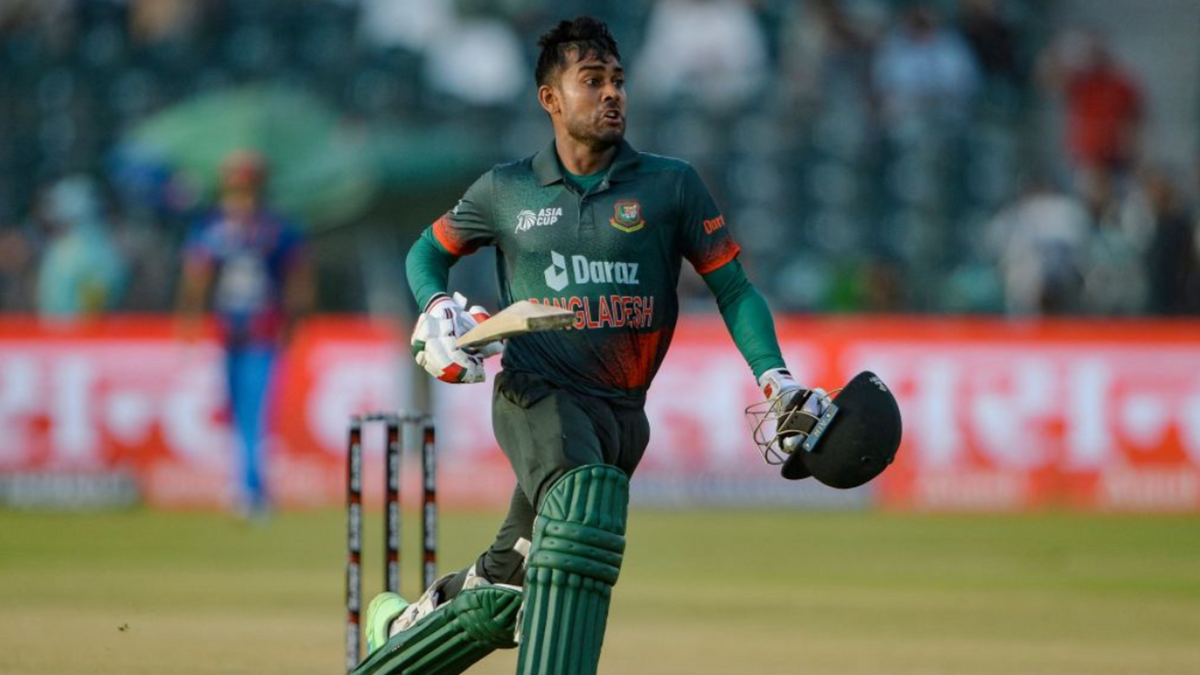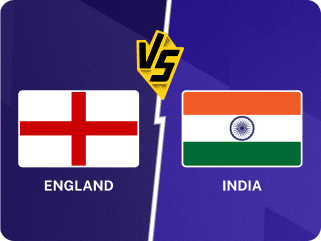
Mehidy Hasan Miraz came out to open the batting for Bangladesh against Afghanistan on September 3, and scored his second ODI century. A bowling all-rounder, Mehidy has batted at No.8 for most of his ODI career, but was promoted today.
Subscribe to the Wisden Cricket YouTube channel for post-match analysis, player interviews, and much more.
Bangladesh made three changes to their XI for their second match of the 2023 Asia Cup after they lost their tournament opener to Sri Lanka by five wickets. Tanzid Hasan, the left-handed opener who debuted in the last game, was replaced by another debutant, Shamim Hossain, who was slated to bat down the order. Off-spinner Mehidy Hasan Miraz replaced Tanzid at the top.
Mehidy had opened the batting only once in the format before – in the previous edition of the ODI Asia Cup in 2018 against India, where he scored 32 off 59 balls in a thrilling, low-scoring game which India won off the last ball.
The majority of his ODI career has been spent in the lower middle order, shuffling between Nos.7 and 9 depending on the Bangladesh’s bowling combination. Of his 51 innings, he has batted 11 times at seven, 31 times at eight, and seven times at nine. Only twice before had he batted in the top six.
Why then, did Bangladesh opt for this radical change in the middle of a tournament, with just about a month to go for the World Cup?
Mehidy might have made his name in international cricket primarily as an off-spinner, but he has always had batting potential. So much so, that he was the second-highest run-scorer for Bangladesh Under-19s in the 2016 Under-19 World Cup with 242 runs from five innings at an average of 60.50.
He has regularly played impactful knocks down the order for Bangladesh, giving their top order a sense of security, but his batting potential has never truly been optimally utilised, until the unavailability of first-choice openers Tamim Iqbal and Litton Das presented the Bangladesh think tank with an opportunity.
Tamim was ruled out of the Asia Cup due to a back injury, while Litton had to withdraw at the last moment after failing to recover from a flu. Mohammad Naim and Tanzid were picked in the original squad, while Anamul Haque was called in as a replacement for Litton. This gave Bangladesh three opening options to choose from.
Naim and Tanzid had played four ODIs between them before the Asia Cup, while Anamul was not the preferred choice. Naim and Tanzid started against Sri Lanka, but the latter’s second-ball duck and Bangladesh’s defeat meant that they did not want to risk exposing the youngster, who would already be short on confidence, in a must-win encounter.
Enter Mehidy. Bangladesh have been toying around with the idea of playing him at the top in white-ball cricket of late. Last year, he opened in five T20Is across the 2022 T20 Asia Cup, Bangladesh’s tour of the UAE, and the tri-series involving New Zealand and Pakistan just ahead of the 2022 T20 World Cup. He had average returns (average 22, strike rate 119), and the idea was discarded.
However, his ODI century against India from No.8, and the circumstances surrounding their opening options, meant Bangladesh had the perfect opportunity to restart the ‘Mehidy The Opener’ project.
Playing Mehidy at the top opens up a slot in the lower middle order that can be filled based on the conditions on offer. Need extra batting depth? Get in a middle-order batter like they Shamim today, who can also bowl off-spin. Need an extra spinner? Get in one of the countless spin-bowling all-rounders Bangladesh have. Grass on the surface? Bring in a fast bowler, the stocks of whom have been rising steadily in Bangladesh cricket of late.
Today’s innings (retired hurt for 112 off 119 balls) was a validation of Mehidy’s batting skills. It was only the third ODI hundred by a Bangladesh opener in Asia Cup history, and the first by a Bangladesh opener other than Tamim and Litton in ODIs since 2020.
The innings is likely to give the Bangladesh management enough confidence to pick the extra spin-bowling all-rounder instead of a pure batter at the World Cup. Bangladesh have an abundance of them, and they will be required in Indian conditions.







